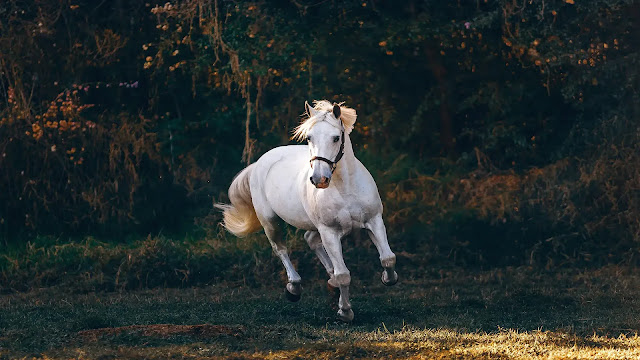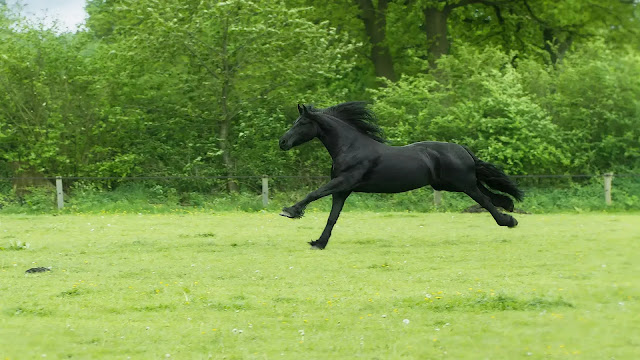Although several Spanish horse breeds have been discovered worldwide, they may have originated in Spain. In addition to being sought after for their easy gaits, the majority of these types of horses are known for their power and endurance. Riding horses is appealing for many. Some are ideal for novice riders, while others are more appropriate for experienced riders.
1 - Andalusian Horse
1 - Andalusian Horse
The Andalusian breed, which has its roots in the province of Andalusia, is descended from horses that once roamed the Spanish Iberian Peninsula. More horses were introduced to the peninsula by explorers, who had an impact on the development of the Andalusian breed in the 1400s. The result was a horse that was extremely quick and nimble, and the European aristocracy loved it. Even if they are smaller now, Andalusians still possess the same strength as the ancient horses. Because of its strength and agility, the breed excels in a variety of sports, such as driving, jumping, dressage, and more.
2 - Paso Fino
The numerous breeds that Christopher Columbus introduced in the Dominican Republic are responsible for Paso Fino's ancestry. Throughout Latin America, the barbs, Spanish Jennets, or Andalusians were ridden by conquistadors; the horses' progeny produced the Paso Fino breed. Landowners who appreciated the horses' fluid four-beat gaits throughout long days of horseback riding over their plantations gave rise to a fervent following for this breed. After World War II, soldiers imported Paso Finos into the United States, where the breed quickly became popular as well.
3 - Galician Horse
Northwest Spain's Galicia is home to the origins of the Galician horse, also known as the Galician Mountain Horse. This breed is thought to have originated with the horses that 500 BCE Celtic settlers introduced to the area. The harsh terrain made the Galicians resilient and sure-footed. The breed has persisted in the region, but stallions of other breeds were brought close by in the 1980s. A conservation scheme was created in the 1990s to help conserve the breed since these stallions might have jeopardized its integrity.
4 - Peruvian Paso
The horses that first came to South America during the 1500s are the ancestors of the Peruvian Paso, often known as the Peruvian horse. Plantation owners and laborers used the Jennet, Barb, or Andalusian, which were imported from Spain and Panama. A Peruvian Paso, a kind of horse with naturally languid four-beat gaits that allowed owners of plantations to ride luxuriously all day, was created by combining all of these breeds.
5 - Colonial Spanish Horse
The Colonial Spanish horse, often called the Spanish mustang, descended from horses imported from Spain and began life on breeding farms across the Caribbean or Mexico. The Barb and the Iberian horse are among their ancestors. While some ranchers diluted the Spanish blood in these herds by introducing other breeds like the thoroughbred, some isolated herds continued to exist without outside breed impact. Native Americans tame these horses from wild herds. The horses were deliberately nurtured and refined by the tribes to become sturdy, steady mounts with good endurance.
Related Post:





